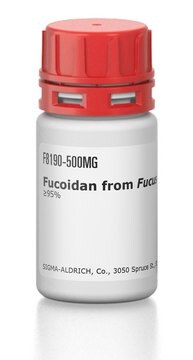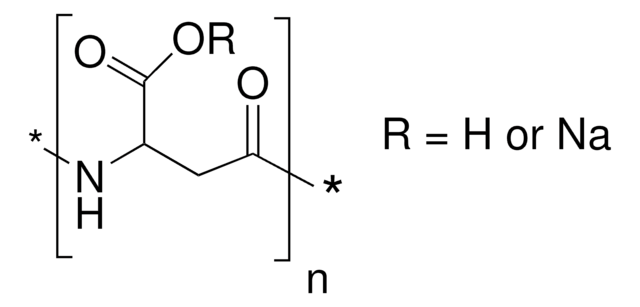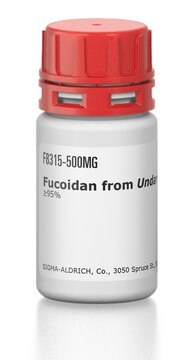P4154
Polyinosinic acid potassium salt
Homopolymer
Sinonimo/i:
Poly(I) potassium salt
Autenticatiper visualizzare i prezzi riservati alla tua organizzazione & contrattuali
About This Item
Prodotti consigliati
Origine biologica
synthetic (organic)
Livello qualitativo
Saggio
≥98% (TLC)
Stato
lyophilized powder
Solubilità
water: 4.80-5.20 mg/mL, clear to hazy, colorless to faintly yellow
Temperatura di conservazione
−20°C
Cerchi prodotti simili? Visita Guida al confronto tra prodotti
Applicazioni
Polyinosinic acid (Poly(I)) is a homopolymer of inosine that may be used with polycytidylic acid (poly(C)) to form the double-stranded homopolymer (Poly(I) • Poly(C)). TLR3 recognizes double-stranded RNA and is a major effector of the immune response against viral pathogens. (Poly(I) • Poly(C)) is a used as a model RNA to study cell signaling at the level of TLR3. Poly(IC) is a TRIF-dependent toll-like receptor-3 (TLR3) ligand.
Nota sulla preparazione
Prepared from IDP using polynucleotide phosphorylase.
Codice della classe di stoccaggio
11 - Combustible Solids
Classe di pericolosità dell'acqua (WGK)
WGK 3
Punto d’infiammabilità (°F)
Not applicable
Punto d’infiammabilità (°C)
Not applicable
Dispositivi di protezione individuale
Eyeshields, Gloves, type N95 (US)
Scegli una delle versioni più recenti:
Possiedi già questo prodotto?
I documenti relativi ai prodotti acquistati recentemente sono disponibili nell’Archivio dei documenti.
I clienti hanno visto anche
Overlapping and distinct roles of GRK5 in TLR2-, and TLR3-induced inflammatory response in vivo.
Packiriswamy N, Parvataneni S, Parameswaran N.
Cellular Immunology, 107-111 (2011)
Xingbo Wang et al.
Veterinary microbiology, 251, 108895-108895 (2020-10-31)
RNA binding ability and cellular distribution are important for nonstructural protein 1 (NS1) of influenza A virus to act as a viral regulatory factor to control virus life cycle. In this study, we identified that the N-terminal residues 19-21 of
Gennady Dvoryanchikov et al.
Nature communications, 8(1), 760-760 (2017-10-04)
Taste buds are innervated by neurons whose cell bodies reside in cranial sensory ganglia. Studies on the functional properties and connectivity of these neurons are hindered by the lack of markers to define their molecular identities and classes. The mouse
Activation of chemokine and inflammatory cytokine response in HCV-infected hepatocytes depends on TLR3 sensing of HCV dsRNA intermediates.
Li K, Li NL, Wei D, Pfeffer SR, et al.
Hepatology, 55(3), 666-675 (2011)
Caiqi Ma et al.
International journal of oncology, 54(2), 572-584 (2018-11-30)
Gastric cancer is one of the most malignant tumor types, and its metastasis is a notable cause of mortality. Among the methods of tumor metastasis, lymphatic metastasis is the predominant one in gastric cancer. A previous study reported that the
Il team dei nostri ricercatori vanta grande esperienza in tutte le aree della ricerca quali Life Science, scienza dei materiali, sintesi chimica, cromatografia, discipline analitiche, ecc..
Contatta l'Assistenza Tecnica.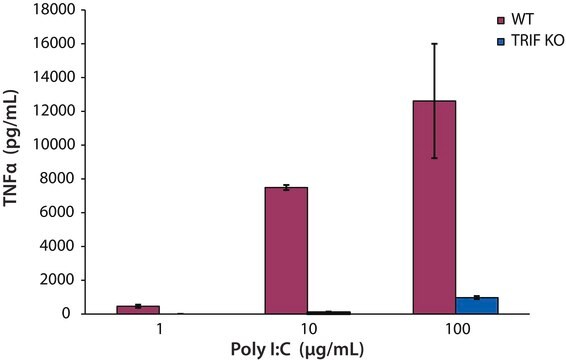
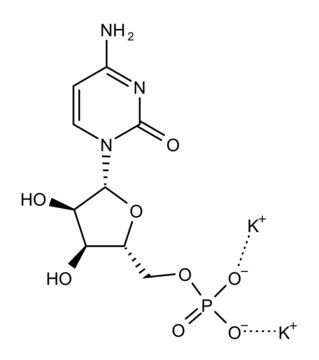
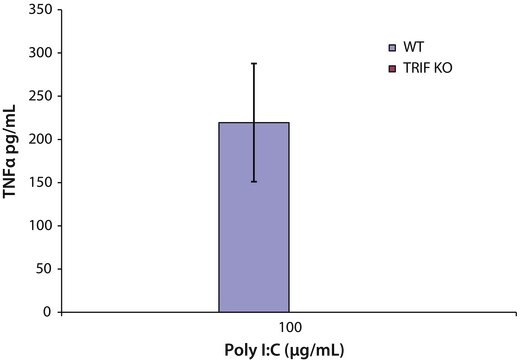



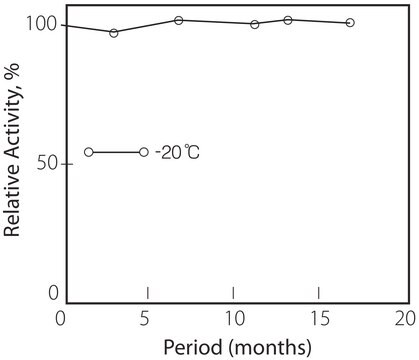

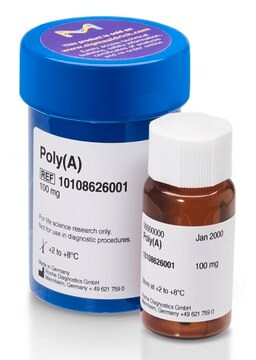
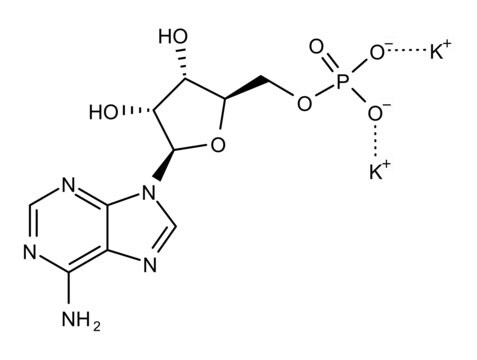
![Poly[d(I-C)] lyophilized, pkg of 10 U (10108812001 [A<sub>260</sub> units]), pkg of 50 U (11219847001 [A<sub>260</sub> units])](/deepweb/assets/sigmaaldrich/product/images/352/091/ef743cea-ccd8-44f1-8f3b-dec5a1e4f5d1/640/ef743cea-ccd8-44f1-8f3b-dec5a1e4f5d1.jpg)

